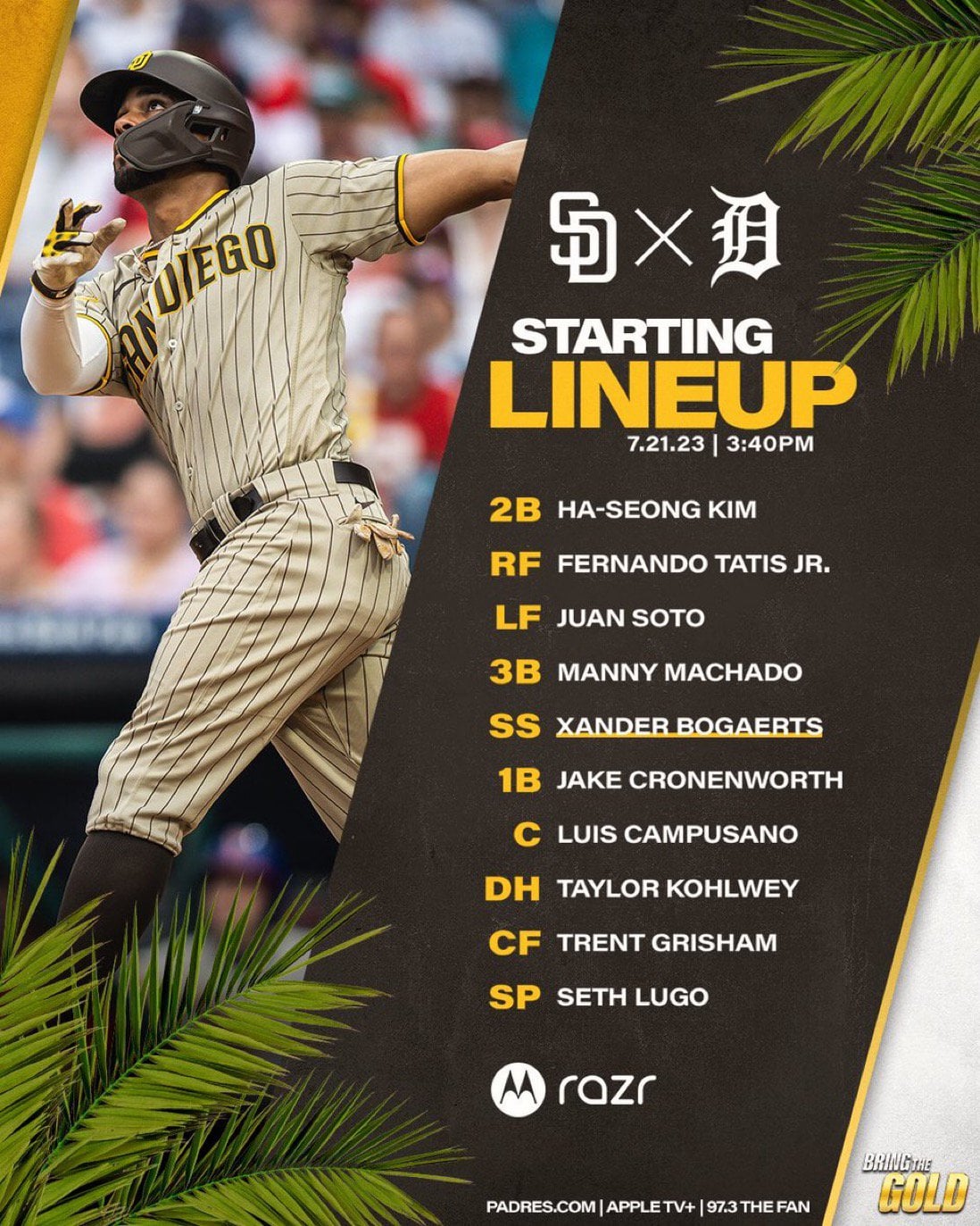Cobalt Market Outlook: Assessing The Impact Of Congo's Export Ban And Future Quotas

Table of Contents
The DRC's Dominance in Cobalt Production and its Geopolitical Significance
The DRC holds a near-monopoly on global cobalt production, controlling an estimated 70% of the world's supply. This concentration of production within a single country carries significant geopolitical implications. The DRC's influence on cobalt pricing is undeniable, making it a key player in the global economy, particularly within the electric vehicle (EV) and battery industries. Major cobalt mining companies operating in the DRC include Glencore, Eurasian Resources Group (ERG), and China Molybdenum.
- Percentage of global cobalt supply from DRC: Approximately 70%
- Key mining regions within the DRC: Katanga, Lualaba
- Examples of major cobalt mining companies: Glencore, Eurasian Resources Group (ERG), China Molybdenum
- Impact on geopolitical stability in the region: The DRC's control over cobalt resources influences its regional and global standing, impacting international relations and trade dynamics. This concentration creates both opportunities and risks for the country and global stakeholders.
Impact of Congo's Export Ban (or potential future bans) on the Global Cobalt Market
The DRC's export ban (or the potential for future bans) has immediate and far-reaching consequences for the global cobalt market. The immediate effect is a sharp increase in cobalt prices, as supply is constrained. This price surge ripples through downstream industries heavily reliant on cobalt, notably electric vehicle (EV) manufacturers and battery producers. Major cobalt consumers are scrambling to secure alternative supply sources and implement strategies to mitigate disruptions to their production.
- Short-term and long-term price fluctuations: Expect significant price volatility in the short term, with potential for long-term price increases if supply issues persist.
- Impact on battery production and EV manufacturing: Production delays and increased costs are inevitable, potentially impacting the growth of the EV market.
- Responses from major battery manufacturers and automotive companies: Companies are exploring alternative battery chemistries, sourcing from different regions, and investing in recycling initiatives.
- Exploration of alternative cobalt sources and recycling efforts: Increased investment in cobalt exploration in other countries like Australia, Canada, and Madagascar, along with a renewed focus on cobalt recycling, are crucial to mitigating the impact of the DRC's actions.
Analysis of Potential Future Cobalt Quotas in the DRC
The implementation of future cobalt quotas by the DRC presents both opportunities and challenges. While quotas could potentially stabilize prices and increase predictability for global consumers, they could also stifle market growth and limit access to this essential mineral. The success of any quota system hinges on transparency, accountability, and fair implementation. Different quota models, from fixed annual quotas to export taxes, each have their own set of advantages and disadvantages.
- Potential quota levels and their impact on supply: Different quota levels will have varying impacts on global supply, influencing price and availability.
- Advantages and disadvantages of different quota systems: Fixed quotas provide certainty, but lack flexibility; adjustable quotas offer adaptability but may introduce uncertainty.
- Transparency and accountability in quota implementation: Open and transparent processes are crucial for building trust and ensuring equitable access to cobalt resources.
- Long-term implications for the cobalt market: The long-term effects depend heavily on the design and implementation of the quota system, influencing both the DRC's economic development and the global cobalt supply chain.
Strategies for Mitigating Risks and Ensuring a Sustainable Cobalt Supply Chain
Diversifying cobalt sources is paramount to mitigate risks associated with relying heavily on the DRC. Investing in exploration and development in other cobalt-producing countries, promoting sustainable mining practices, and embracing technological innovation are all critical. Responsible sourcing and ethical mining practices, including fair labor standards and environmental protection, are essential. Furthermore, scaling up cobalt recycling initiatives will significantly contribute to a more sustainable and secure supply chain.
- Investing in exploration and development in other cobalt-producing countries: This reduces reliance on a single source and promotes global market stability.
- Promoting sustainable mining practices and environmental protection: Minimizing the environmental impact of cobalt mining is crucial for responsible sourcing.
- Technological advancements in cobalt extraction and refining: Improving extraction techniques and refining processes can enhance efficiency and reduce costs.
- Scaling up cobalt recycling initiatives: Recycling cobalt from end-of-life batteries and other products significantly increases supply and reduces environmental impact.
Conclusion: The Future of the Cobalt Market Outlook
The DRC's export ban (or the potential for future bans) and the prospect of future quotas have profoundly impacted the Cobalt Market Outlook. Securing a stable and ethically sourced cobalt supply requires a multifaceted approach: diversification of sources, responsible mining practices, technological innovation, and increased recycling. The future of the cobalt market will be shaped by the interplay of geopolitical factors, technological advancements, and a growing commitment to sustainability. Understanding these dynamics is crucial for stakeholders across the global cobalt supply chain. Stay updated on the evolving Cobalt Market Outlook by subscribing to our newsletter and following our blog for the latest analysis on DRC export policies and global cobalt supply.

Featured Posts
-
 Ftcs Appeal Could Delay Or Block Microsofts Activision Deal
May 15, 2025
Ftcs Appeal Could Delay Or Block Microsofts Activision Deal
May 15, 2025 -
 The King Of Davos From Power To Ruin A Detailed Study
May 15, 2025
The King Of Davos From Power To Ruin A Detailed Study
May 15, 2025 -
 Jimmy Butler Vs Kevin Durant What The Warriors Really Need
May 15, 2025
Jimmy Butler Vs Kevin Durant What The Warriors Really Need
May 15, 2025 -
 Padres Vs Giants Prediction Analyzing A Potential Outright Win Or Narrow Defeat
May 15, 2025
Padres Vs Giants Prediction Analyzing A Potential Outright Win Or Narrow Defeat
May 15, 2025 -
 Open Ais 2024 Event Easier Voice Assistant Creation
May 15, 2025
Open Ais 2024 Event Easier Voice Assistant Creation
May 15, 2025
Latest Posts
-
 Padres Long Road Trip Kicks Off In Pittsburgh
May 15, 2025
Padres Long Road Trip Kicks Off In Pittsburgh
May 15, 2025 -
 Can The Padres Keep Their Home Winning Streak Alive Against The Rockies
May 15, 2025
Can The Padres Keep Their Home Winning Streak Alive Against The Rockies
May 15, 2025 -
 San Diego Padres Embark On Extensive Road Trip Starting In Pittsburgh
May 15, 2025
San Diego Padres Embark On Extensive Road Trip Starting In Pittsburgh
May 15, 2025 -
 Padres Vs Rockies Can San Diego Finally Dominate The Series
May 15, 2025
Padres Vs Rockies Can San Diego Finally Dominate The Series
May 15, 2025 -
 Rockies Visit San Diego Padres Aim To Maintain Home Winning Streak
May 15, 2025
Rockies Visit San Diego Padres Aim To Maintain Home Winning Streak
May 15, 2025
